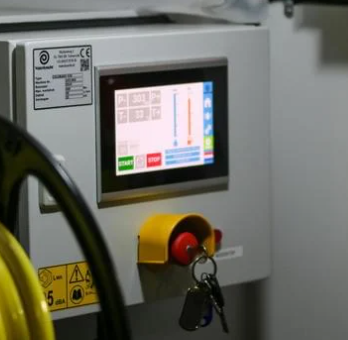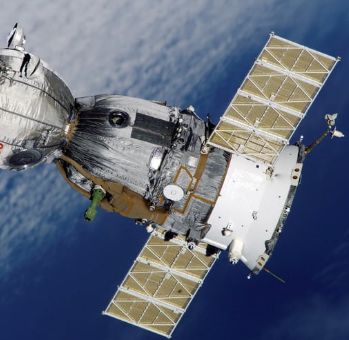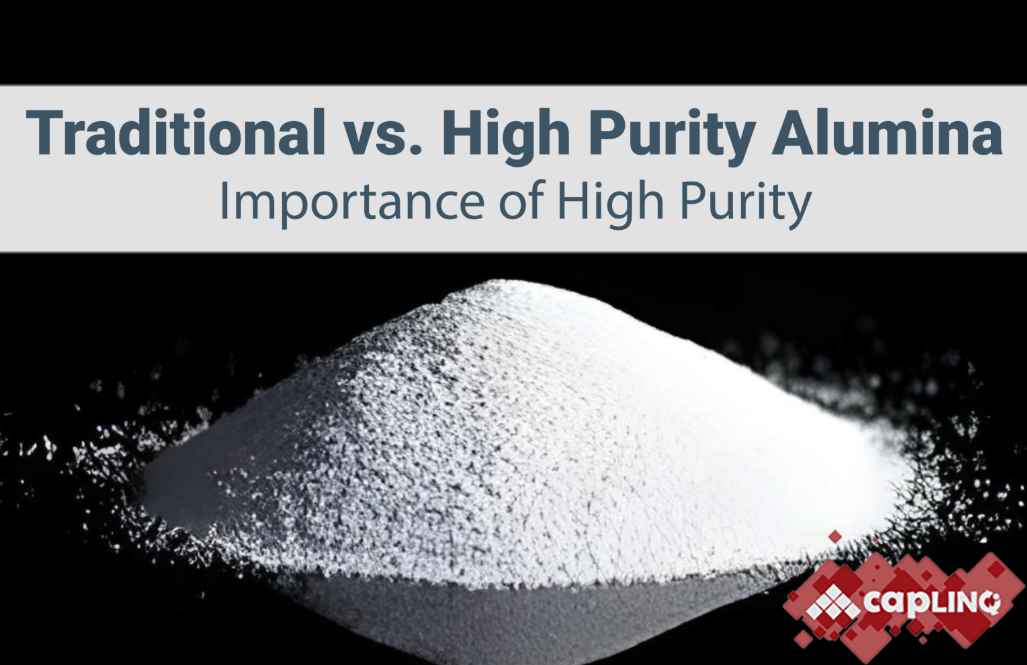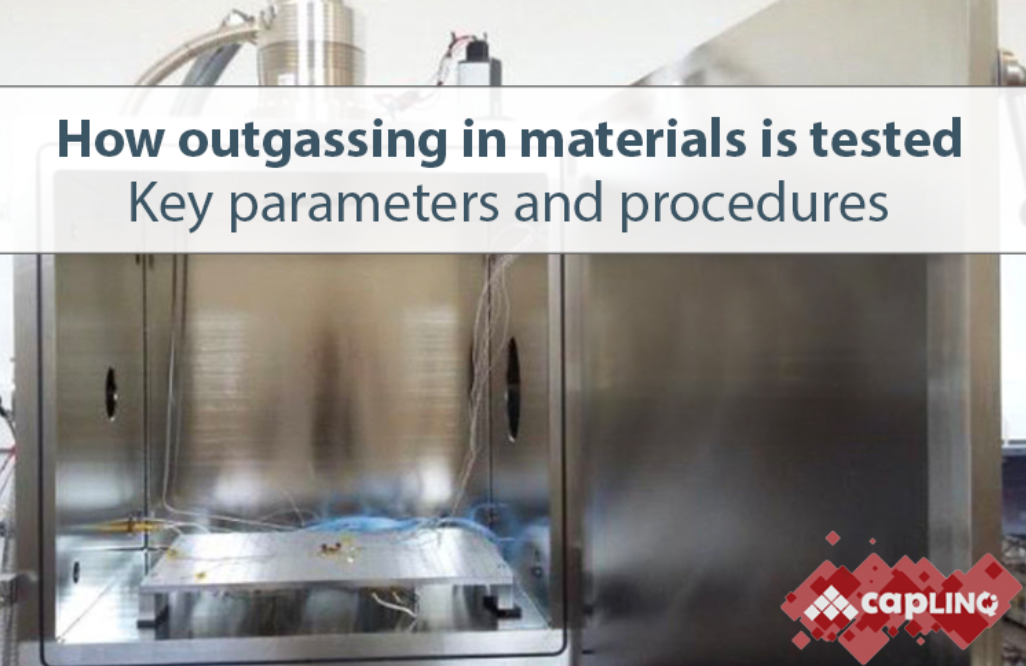Aerospace
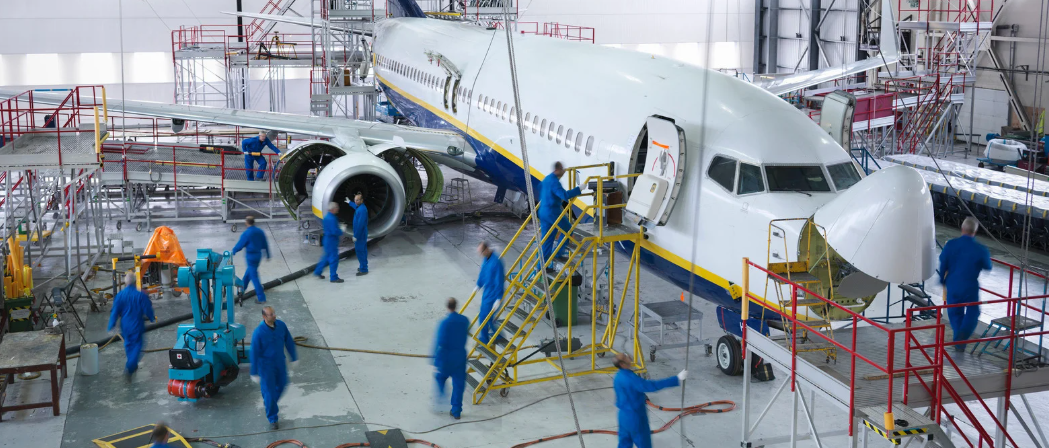
The aerospace industry continues to redefine the limits of possibility — driving how we move, connect, and explore. It is a field built on precision and progress, where every breakthrough in materials, design, and manufacturing has the power to reshape the world. Today, the industry’s focus is shifting toward smarter, more sustainable ways to operate — from optimizing flight efficiency to reducing environmental impact and improving long-term reliability.
What makes aerospace unique is its balance between ambition and rigor. Every aircraft, satellite, or spacecraft must perform flawlessly under extreme conditions, making innovation inseparable from reliability. This constant tension drives the industry forward: materials must be lighter yet stronger, systems must be faster yet more efficient, and every component must meet mission-critical standards without compromise.
Behind these advances is an ecosystem built on collaboration — between designers, engineers, and suppliers — all working toward the same goal: creating safer, more efficient, and more resilient systems that can withstand the pressures of flight and the challenges of space.
What is Aerospace?
The term “aerospace” originates from the combination of “aero,” meaning air, and “space,” referring to the expanse beyond Earth’s atmosphere. Together, the word captures the full range of human flight — from the earliest attempts at controlled air travel to modern exploration of outer space. As a discipline, aerospace encompasses both aeronautics, which deals with the science and technology of flight within the Earth’s atmosphere, and astronautics, which extends that knowledge to spacecraft and operations beyond it.
Aeronautics
- Within the Earth's atmosphere.
- Covers everything that flies through the air
- Engineers ensure that aircraft can fly efficiently, safely, and reliably
Vehicles: Airplanes, helicopters, drones
Primary Challenge: Managing airflow and lift
Astronautics
- Science and technology of flight beyond the Earth's atmosphere
- Space travel
- Different conditions like microgravity and environmental extremes
Vehicles: Rockets, satellites, spacecrafts
Primary Challenge: Operating in vacuum and microgravity
Aerospace Industry Segments
The aerospace sector is generally divided into three key segments — commercial aviation, defense and military aviation, and space exploration.
Each segment serves distinct markets, operates under unique environmental and regulatory constraints, and drives innovation through specialized materials and technologies.
Commercial Aviation
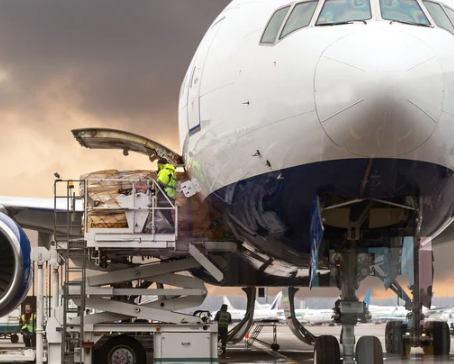
This is the largest segment of the aerospace industry, encompassing passenger airliners, cargo aircraft, and regional jets.
Main Drivers: Efficiency, Safety, Sustainability
Defense and Military Aviation
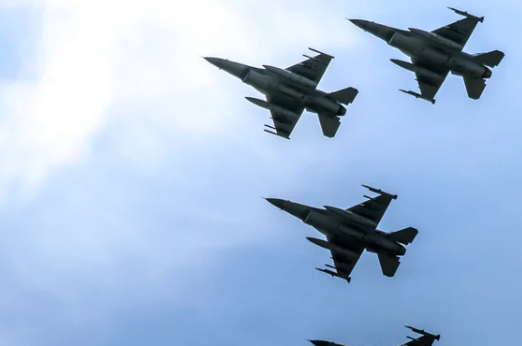
The defense and military segment includes fighter jets, helicopters, unmanned aerial vehicles (UAVs), and reconnaissance aircraft designed for national security and tactical missions.
Main Drivers: Performance under extreme conditions
Space Exploration

Space systems represent the most demanding frontier of aerospace materials engineering. From satellites and orbital stations to launch vehicles and deep-space probes.
Main Drivers: Performance and Reliability under extreme conditionsc
Common Engineering Challenges in Aerospace
Aerospace engineers face some of the most demanding performance requirements compared to any other industries. These common challenges include:
Environmental and Mechanical Stress
Weight Reduction and Fuel Efficiency
Wide thermal ranges, from crygenic temperatures to engine heat zones
- Continuous vibration, impact, and cyclic fatigue
- Continuous exposure to jet fuel, hydraulic fluids, and environmental moisture.
Material Trend: Use of toughened epoxies with high glass transition temperatures
- Reducing structural mass while maintaining or improving strength and stiffness.
- Improving maximum efficiency at least possible full consumption and waste generation
Material Trend: Use of adhesive bonding instead of mechanical fasters, Integration of low-density fillers
Thermal and Electrical Management
Outgassing and Contamination Control
- Managing heat dissipation in compact avionics and satellite electronics.
- Making sure electrical components stay intact during operation.
Material Trend: Use of high-thermal-conductivity silicones, phase-change materials (PCMs), and electrically conductive adhesives
- Materials must not release volatile compounds that can fog optical systems or degrade electronic reliability
- Minimizing as much volatile organic compounds (VOCs) in the system as possible
Material Trend: Low-outgassing materials that meet NASA/ESA outgassing standards.
SPECIALTY MATERIALS FOR AEROSPACE
This is where performance meets precision.
From the cockpit to the cosmos, aerospace applications demand materials that can endure extreme environments while maintaining uncompromised reliability. Every gram, bond, and seal plays a role in mission success. Explore how specialized materials support critical aerospace systems below. Click on the items to learn more.

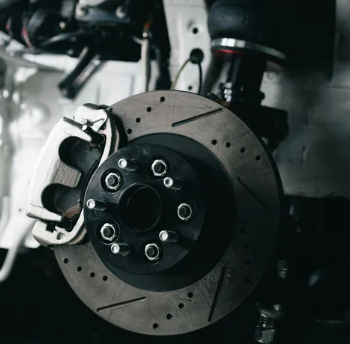
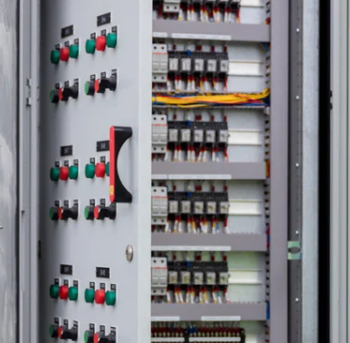
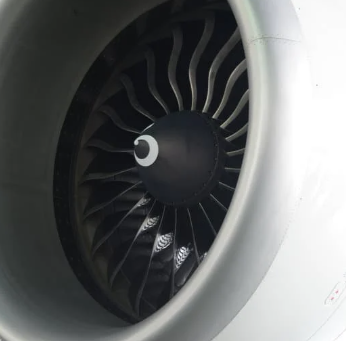
HOW CAPLINQ HELPS FLY AEROSPACE FORWARD
CAPLINQ is your trusted partner for specialty chemicals, adhesives, and advanced materials designed to meet the evolving needs of the Aerospace industry. By offering tailored solutions, from battery assembly adhesives to thermal interface materials, CAPLINQ supports automotive manufacturers in enhancing performance, safety, and sustainability.
Our product portfolio for Aerospace includes materials such as
- Structural adhesives & bonding – high-strength epoxy and polyurethane systems for composite and metallic airframe joinery.
- Thermal interface & heat-spreader materials – advanced pads, gap-fills, phase-change materials for avionics and power electronics in flight systems.
- Coatings & sealants – low-outgassing, flame-retardant coatings, protective films for avionics and satellite subsystems.
- High-purity specialty chemicals – ultra-clean aluminas, silicas, reactive silicones, bismaleimides (BMIs) for composite manufacturing and electronics encapsulation.
- Encapsulants & underfills for precision flight electronics: ensuring reliability under vibration, thermal cycling and shock.
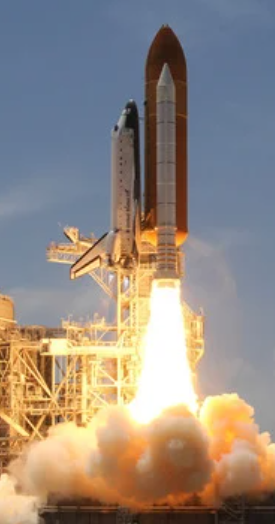
CAPLINQ offers solutions that address:
✔️RELIABILITY
Our materials are formulated to enhance thermal stability, vibration resistance, and long-term durability.
✔️PERFORMANCE
We prioritize advanced thermal management, high flexibility, and high-strength materials capable of handling thermal expansion and mechanical stresses.
✔️COMPLIANCE
Our formulations comply with strict environmental and safety regulations, including aviation flame/ smoke/toxicity (FST), outgassing, MIL-STDs, and RoHS/REACH compliance
RELATED BLOGS
Because you're here, you might be interested in reading more about:
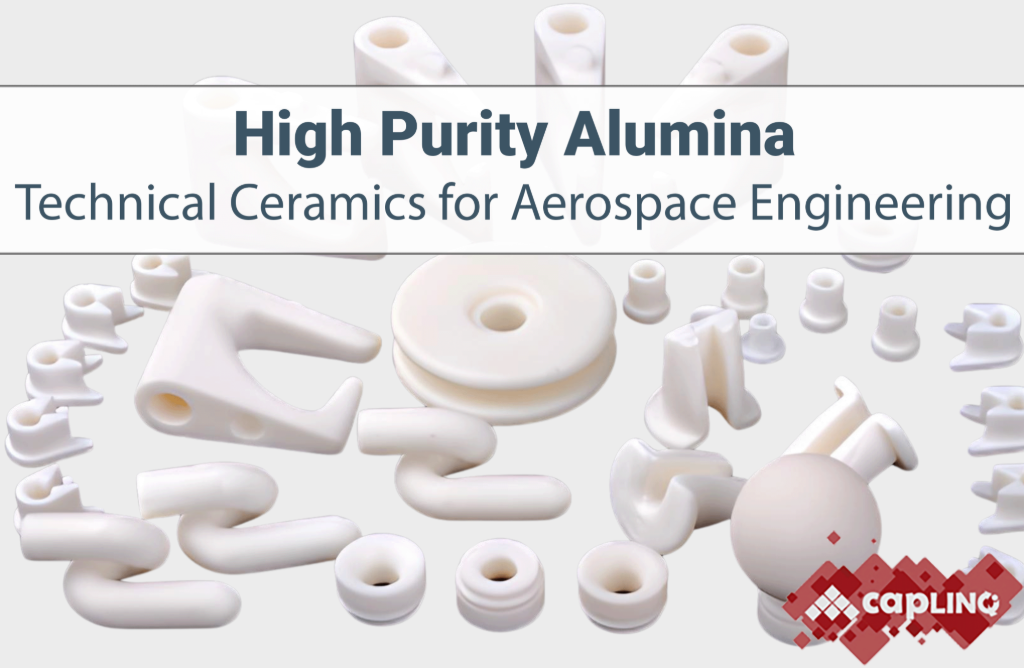 Applications of Alumina in Advanced Technical Ceramics for Aerospace Engineering
Applications of Alumina in Advanced Technical Ceramics for Aerospace Engineering
The blog article shown on the left explores how high-purity alumina ceramics contribute to performance, reliability, and durability in aerospace applications.


